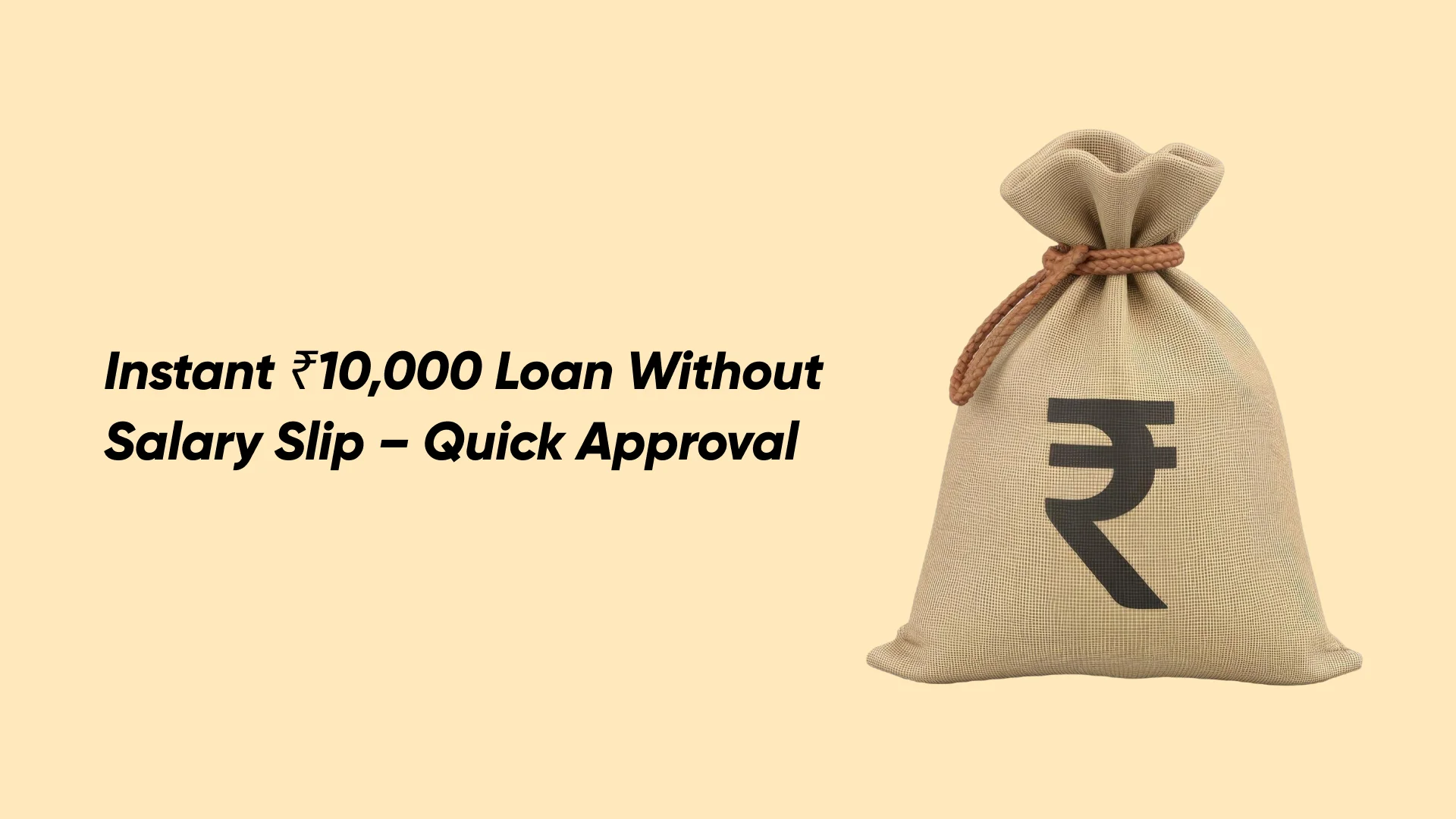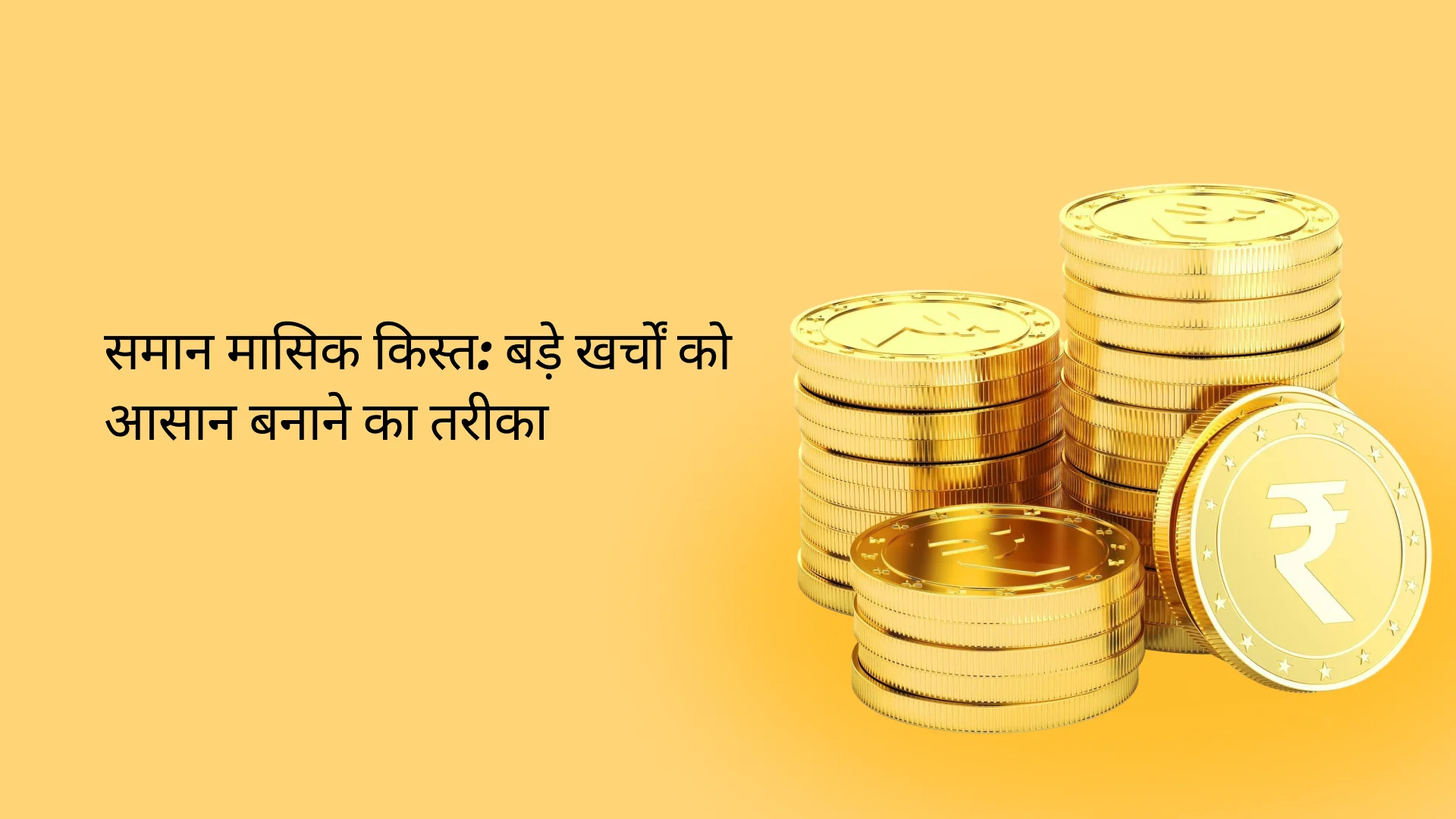Part Payment Vs Prepayment Vs Pre-Closure: When Is It A Good Option?

Have you ever found yourself wondering whether to make a part payment on your loan, go for a full prepayment, or even consider a pre-closure? Understanding the essentials of personal loan pre-closure, part repayment and prepayment is important because it will help you decide which option is best suited for your financial needs.
Part payment is paying more than your regular EMI but not the whole amount, helping you chip away at the total outstanding.. Then there’s prepayment, where you decide to pay off your loan ahead of schedule, either in part or in full. Next is pre-closure. This is when you decide to clear the slate completely and pay off your entire loan before the term is up.
Table of Contents
ToggleWhat is Part-Payment of a Loan?
Part-payment of a loan is an option that can significantly alter the course of your loan repayment journey. By making a part payment, you deposit this surplus amount into your loan account, thereby reducing the unpaid principal amount. This action not only lowers the principal but also decreases the total interest you’re charged, ultimately reducing your EMI burden in the future.
Part repayment provides flexibility. You’re not bound to a one-time payment; you can make multiple part payments whenever you have additional funds. This approach is particularly beneficial in the context of personal loans. For example, consider a home loan with a high interest rate. If you receive a bonus, using it to make a part-payment can significantly cut down on interest payments. Just ensure there are no hefty fees, making this a savvy financial move.
Also Read: Personal Loan Interest Rates & Charges
Using a loan prepayment calculator can be a smart move here. It helps you understand how your part repayment will affect your loan’s trajectory – whether it’s in terms of reduced EMIs or a shortened loan tenure.
What is Prepayment of a Loan?
Prepayment of a loan is an option that allows you to pay off your loan either partially or in full before the scheduled end of the loan term. This can be a strategic financial move, especially when you have surplus funds and wish to reduce your interest burden.
Let’s consider an example. Imagine you have a personal loan of ₹5,00,000 with an interest rate of 12% per annum, and a tenure of 5 years. Your monthly EMI for this loan would be approximately ₹11,122. If, after one year, you decide to make a prepayment of ₹1,00,000, the impact can be significant. By using a prepayment calculator, you will be able to see that this prepayment not only reduces the principal amount but also gives you the option to either lower your monthly EMI or shorten the loan tenure, depending on the terms of your loan and your financial goals.
However, it’s important to be aware of potential loan pre-closure charges. Some lenders may impose a penalty for early repayment, especially in the case of personal loan pre-closure. These personal loan pre closure charges can vary and should be considered when calculating the overall benefit of prepayment.
What is Pre Closure of a Loan?
A pre-closure of a loan is when you repay the total outstanding loan amount before the due date in a single instalment. Doing this can help you clear your outstanding loan freeing you from any repayments in the future.
To pre close the loan, you have to apply for it with the lender and ensure there are no additional charges associated with it. Typically, there is a specific lock in period after which you can pre close your loan.
It’s important you collect the appropriate documentation outlining that you don’t have any dues with the lender for your reference.
Difference Between Part-Payment, Prepayment and Pre-Closure of A Loan
| Feature | Part Payment | Prepayment | Pre-Closure |
| Definition | Part payment involves paying an amount towards the loan principal, which is over and above the EMI but not the full outstanding amount. | Prepayment refers to paying off a significant portion or the entire loan amount before the loan tenure ends. | Pre-Closure is the complete repayment of the remaining loan amount in one go, effectively closing the loan before the end of its tenure. |
| Impact on Principal | Reduces the principal amount, thereby decreasing future interest. | Significantly reduces or clears the principal amount. | Completely clears the principal amount. |
| Effect on EMI/Tenure | Can reduce the EMI amount or loan tenure, depending on the lender’s policy. | Can significantly reduce the loan tenure or EMI, depending on the prepayment amount. | Ends the loan tenure as the loan is fully paid off. |
| Charges | Usually, there are no charges, but it depends on the lender’s policy. | Loan pre payment charges may apply. | Loan pre closure charges may apply, |
| Frequency | Can be done multiple times over the loan tenure. | Often a one-time or infrequent option due to the significant amount involved. | A one-time event, as it closes the loan. |
| Suitability | Ideal for borrowers who have surplus funds and want to reduce their loan burden without fully paying off the loan. | Suitable for borrowers who have accumulated a large sum and wish to reduce their debt significantly. | Best for borrowers who have the financial means to clear their outstanding entirely |
Conclusion:
It’s clear that the choices of part payment, prepayment, and pre-closure each have their distinct place in financial planning.
Opting for part payment is a wise move for those looking to reduce their loan gradually without overwhelming their finances. Prepayment, calculated through tools like a prepayment calculator, offers a more aggressive approach to debt reduction for those with available funds. Meanwhile, pre-closure stands as the ultimate commitment to debt freedom, albeit with potential loan pre closure charges to consider.
The decision among these options hinges on individual financial circumstances and goals. Leveraging resources like loan prepayment calculators can be instrumental in making informed, strategic choices that align with one’s financial journey.
Also Read: Personal Loan for Debt Consolidation
Frequently Asked Question
What is the Difference Between Prepayment And Foreclosure?
Prepayment involves paying off a part of the loan before its term ends, while foreclosure (or pre-closure) is the complete repayment of the entire loan amount.
What is the Difference Between Prepayment And Part Payment?
Prepayment usually refers to paying a significant portion or the entire loan, whereas part payment means paying an amount over the EMI but not the full loan.
Does Foreclosure Affect Your Credit Score?
A foreclosure may affect your score as long as it remains on your credit report.
Does Part Prepayment Reduce EMI?
Yes, part prepayment can reduce your EMI or loan tenure, depending on your lender’s policy and terms.
Which is Better: Prepayment or Foreclosure?
The choice between prepayment and foreclosure depends on your financial situation. Comparatively, prepayment offers more flexibility, while foreclosure quickly clears debt.
Which is Better: Increasing EMI or Part Payment?
Increasing EMI is more consistent, while part payment offers flexibility. The choice depends on your financial capability and loan terms.
What are the Average Prepayment Charges I May Have to Pay on Prepaying My Loan?
Prepayment charges vary but typically range from 2% to 5% of the prepaid amount, depending on the lender and loan type.
Will My Credit Score Reduce If I Prepay My Loan?
Prepaying a loan generally does not reduce your credit score; it can positively influence your creditworthiness.
What is More Beneficial: Small Part-Payments or Large Part-Payments?
Large part-payments reduce the principal faster, but small part-payments are more manageable. While both have it’s benefits, it completely depends on your financial situation.
When Can I Prepay My Personal Loan?
The time period in which you can prepay your loan depends on your lender and the agreed terms of borrowing.
YOU MAY ALSO LIKE

Search by posts
Recent post
-
 Instant ₹10,000 Loan Without Salary Slip – Quick Approval
Instant ₹10,000 Loan Without Salary Slip – Quick Approval
-
 समान मासिक किस्त: आपकी वित्तीय खर्चों को आसान बनाने वाला तरीका
समान मासिक किस्त: आपकी वित्तीय खर्चों को आसान बनाने वाला तरीका
-
 Apply for 50000 Rupees Loan Urgently: Get Disbursed in Few Minutes
Apply for 50000 Rupees Loan Urgently: Get Disbursed in Few Minutes
-
 How to get Instant Loan on Aadhaar Card without Salary Slip
How to get Instant Loan on Aadhaar Card without Salary Slip
-
 How to Apply for a Rs. 25,000 Loan on an Aadhaar Card?
How to Apply for a Rs. 25,000 Loan on an Aadhaar Card?
Categories
- Blog (6)
- Credit History (36)
- Credit Line (7)
- Festive (4)
- Finance (15)
- Mutual Fund (19)
- Personal Loan (276)
- Tax (8)
- Zype (4)













